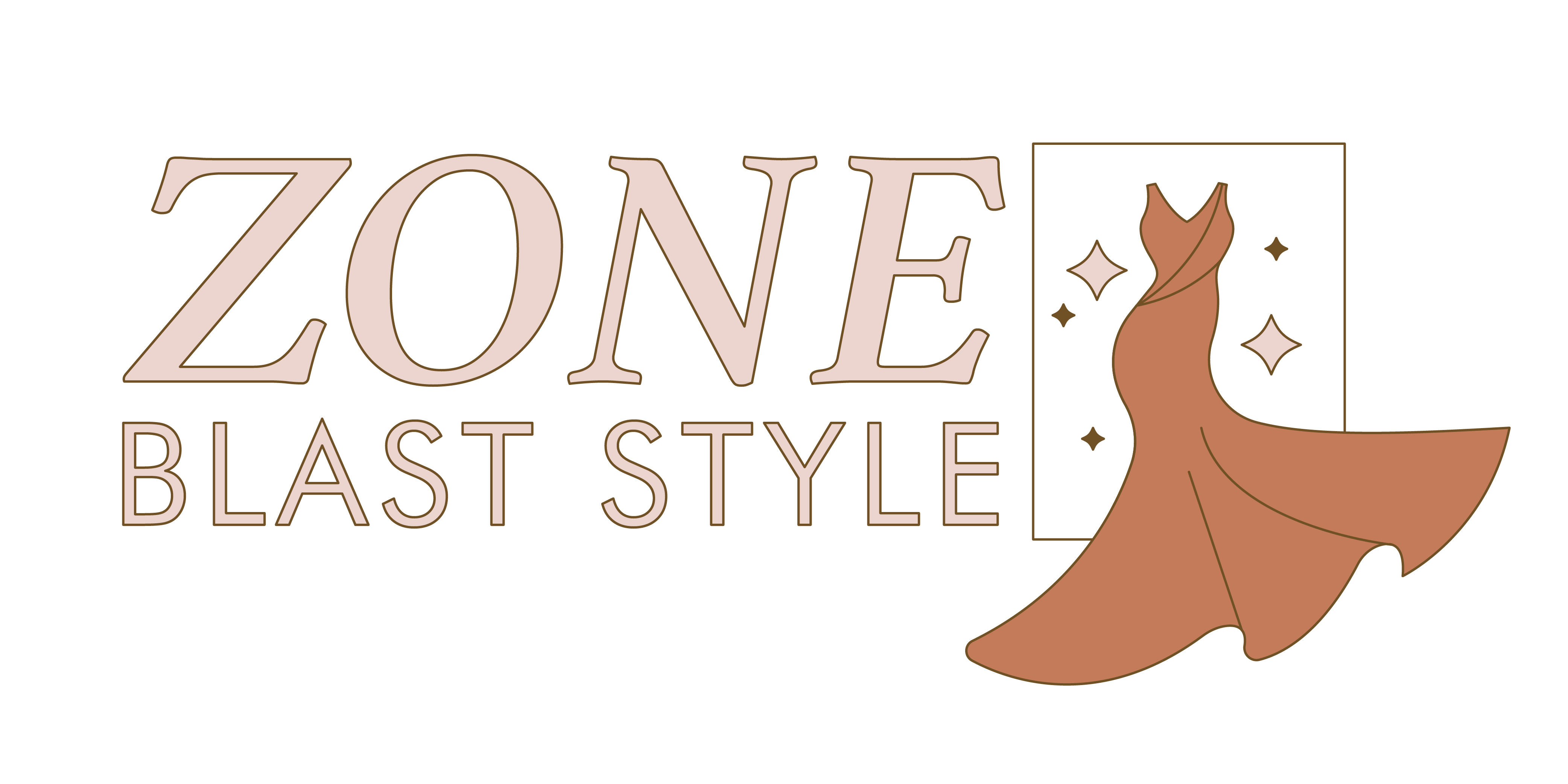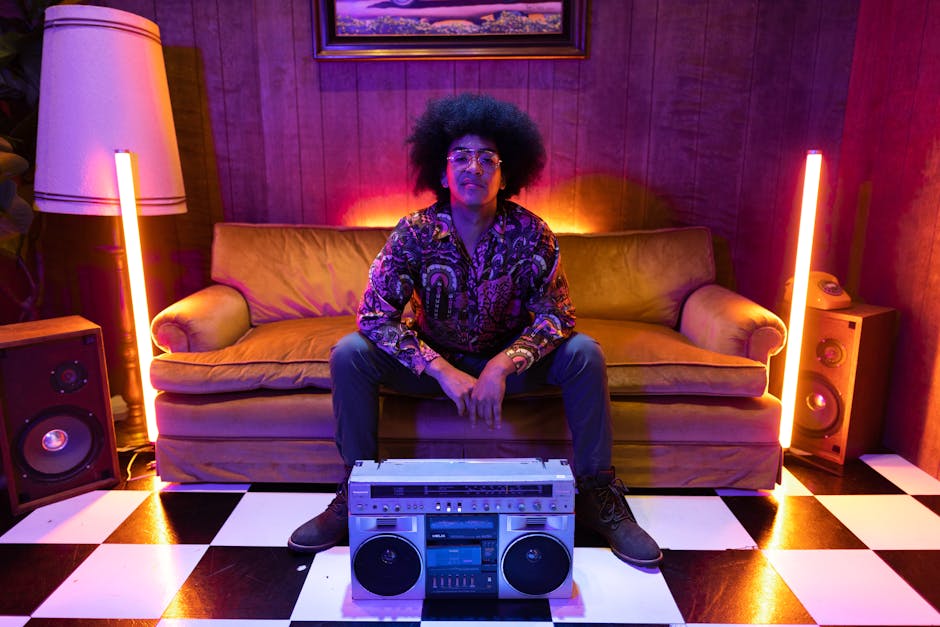What Gender Fluid Fashion Really Means
Gender fluid fashion isn’t just a buzzword—it’s a growing movement that refuses to box style into male or female lanes. At its core, it’s about dismantling the idea that clothing has to be tied to gender at all. This shift is less about trend cycles and more about peeling back artificial codes that, until recently, went mostly unchallenged.
There’s nuance here. Androgynous style leans into looking neither overtly male nor female—neutral silhouettes, minimalist vibes, often grounded in tailoring. Unisex fashion focuses on designing garments everyone can wear, usually based on shared sizing or simplicity. Gender fluid fashion, on the other hand, is broader. It’s not about neutrality or being in the middle. It can be chaotic or quiet. Feminine one day, masculine the next—if either label even applies. It’s opt-in, not fit-in.
Why does this matter now? Because people are done waiting. Gen Z and younger millennials aren’t just open to rethinking gender—they’re demanding it, and fashion is responding. This isn’t about erasing identity. It’s about taking the lid off self-expression and letting people lead with personal flair, not outdated expectations.
Designers, stylists, and creatives are building a space where rules bend. Where skirts aren’t coded female and structure isn’t just for suits. That doesn’t mean traditions disappear. It means they evolve—and that evolution is picking up speed.
Key Trends Shaping the Movement
In gender fluid fashion, contradiction is the point—and the power. Neutral palettes have become the foundation: clean whites, matte blacks, stone greys, muted earth tones. But instead of fading into the background, they serve as canvases for something sharper. Think: a sharp-lipped blazer over a floaty mesh top, or beige co-ords layered with metallic details. It’s not about blending in, it’s about challenging expectations with controlled expression.
Silhouettes are getting torn apart and rebuilt. Rigid tailoring is loosened, hems are asymmetric, and what looks like a dress might be stitched from suit jackets or hoodies. Lines are blurred on purpose—draped garments that resist gendered structure, reimagined classics that skip the menswear-vs-womenswear binary.
Accessories, too, are making statements. Pearl necklaces, combat boots, sheer gloves, harness pieces—worn by whoever wants them. The rulebook’s been tossed. What matters is how you style it, not who it’s “supposed” to be for.
At the same time, thrift culture is putting its stamp on the scene. Upcycled clothing adds history and soul to the look. Pulling from a grandmother’s closet, a 90s stall at a weekend market, or a bin of deadstock denim—none of it feels secondhand in this context. It’s intentional, curated chaos. And it’s driving some of the most authentic, stand-out style in the fashion world today.
The Icons Leading the Charge
For years, red carpets were ruled by tuxedos and gowns. Not anymore. Celebrities are showing up in looks that blur, bend, and redefine traditional categories—think Timothée Chalamet in satin halters, Zendaya’s tailored suits, or Billy Porter’s statement ballgown. They’re normalizing fluid fashion not by talking about it, but by living it—center stage, flashbulbs on.
Designers are following—or leading, depending on who you ask. Labels like Harris Reed, Collina Strada, and Palomo Spain are tossing binary playbooks in favor of hybrid tailoring and unpredictable silhouettes. Inventiveness has become a currency: mix lace with leather, structure with slipperiness, and let the body shape the story, not the other way around.
Off the runway and off the stage, it’s digital creators who are rewriting the fashion pipeline. They’re not waiting for permission or luxury budgets. In thrift flips, closet tours, and TikTok transitions, you’ll see fluid fashion happening in real-time. These creators aren’t just adopting trends—they’re building communities around the right to wear what reflects who you are right now.
Meanwhile, stylists and photographers are evolving the language of how gender is expressed visually. Shoots are less about the gender of the model and more about mood, message, and movement. Texture, color, pose—all of it is recontextualizing how fashion speaks, and more importantly, who it speaks for.
Cultural Roots and Global Influence
Gender fluid fashion isn’t a new invention—it has deep roots across centuries and continents. Ancient societies weren’t nearly as strict with clothing codes as some modern ones. In Japan, the kimono has long been a garment worn by all genders, with variations more tied to formality and occasion than sex. Across India and Southeast Asia, draped garments like saris, dhotis, and lungis were—and are—worn by people regardless of gender in many contexts.
Meanwhile, in Europe, wardrobes hardened along gender lines during the industrial revolution, with tailored suits becoming sharply masculine and skirts clearly feminine. But rewind to the Renaissance, and you’ll find ornate robes, tights, and lace being worn by elite men without ridicule. The West built its binary dress codes out of cultural shifts, not biology.
These contrasts matter, because culture tells stories through clothes. Eastern fashion often leans on harmony, symbolism, and fluid forms—designs that flow with the body rather than fight it. Western fashion leaned more into identity signaling and hard separations. But today, those walls are eroding. Globalization and digital storytelling are reconnecting these traditions with new interpretations.
In many modern examples, we’re seeing designers draw on indigenous, ceremonial, or pre-colonial aesthetics to offer alternatives to fixed silhouettes. The result? Fashion that feels more ancestral than trendy—fluid not just in gender, but in meaning.
Explore more on the roots of this movement: Cultural Influences in Fashion: A Global Overview
Why It Matters Now
This isn’t just a flash in the fashion pan. The rise of gender fluid style is tightly woven into how newer generations see themselves: open, evolving, and uninterested in boxes. For Gen Z and Gen Alpha, identity is expressed as a spectrum, not a fixed point. Fashion becomes a living canvas—not decoration, but declaration.
Clothing is no longer just about style; it’s part of the conversation around gender, autonomy, and visibility. What once lived on runways now shows up on sidewalks, in classrooms, in viral dances. And brands? The smart ones are listening. They aren’t just removing gender labels from collections. They’re collaborating with queer artists, investing in inclusive campaigns, and making accessibility central to design—not an afterthought.
It’s not about jumping on the next big thing. It’s about staying relevant in a world where consumers expect more—more honesty, more range, more courage. Gender fluid fashion meets them there.
Where It’s Headed
Retail is learning to adjust, slowly but steadily. Gone are the strictly “men’s” and “women’s” signs above changing rooms in forward-thinking stores—replaced by gender-neutral layouts that prioritize fit over classification. Some brands are also ditching S-M-L for more progressive sizing systems that acknowledge a broader spectrum of bodies. It’s not perfect yet, but it’s moving.
Representation is the next major front. While a few campaigns have gotten it right—with actual gender-diverse talent involved from casting to creative direction—many still default to tokenism. Brands hoping to earn long-term relevance can’t just sprinkle diversity in an ad once a year. They need it baked into collections, leadership, and storytelling.
Then comes education. If design schools and fashion institutions want to stay relevant, they’ve got to evolve too. That means teaching beyond the binary, training future designers to think inclusively from concept to construction. Pattern-making, for instance, isn’t neutral—it’s been shaped by centuries of gendered norms. The future of fashion education will need to unlearn as much as it teaches.
Fluid fashion isn’t waiting for permission. It’s already moving. The real question now is: who’s agile enough to keep up?
Final Thought
Gender fluid fashion doesn’t dilute identity—it gives it more space to move. At its core, it’s not about removing labels or rewriting the rules for the sake of it. It’s about opening up the field. More options. More expression. Fewer questions about who gets to wear what.
This freedom to self-style isn’t going anywhere. On the runway, we’re seeing couture pieces that defy the old divisions—lace paired with combat boots, suiting with skirts, all unapologetically mixed. On the street, people are making their own codes, often DIY-style, born from authenticity instead of approval.
The shift is real. Choice is power. And that includes the power to define, blur, or ignore the lines altogether.

 Style & Culture Writer
Style & Culture Writer
